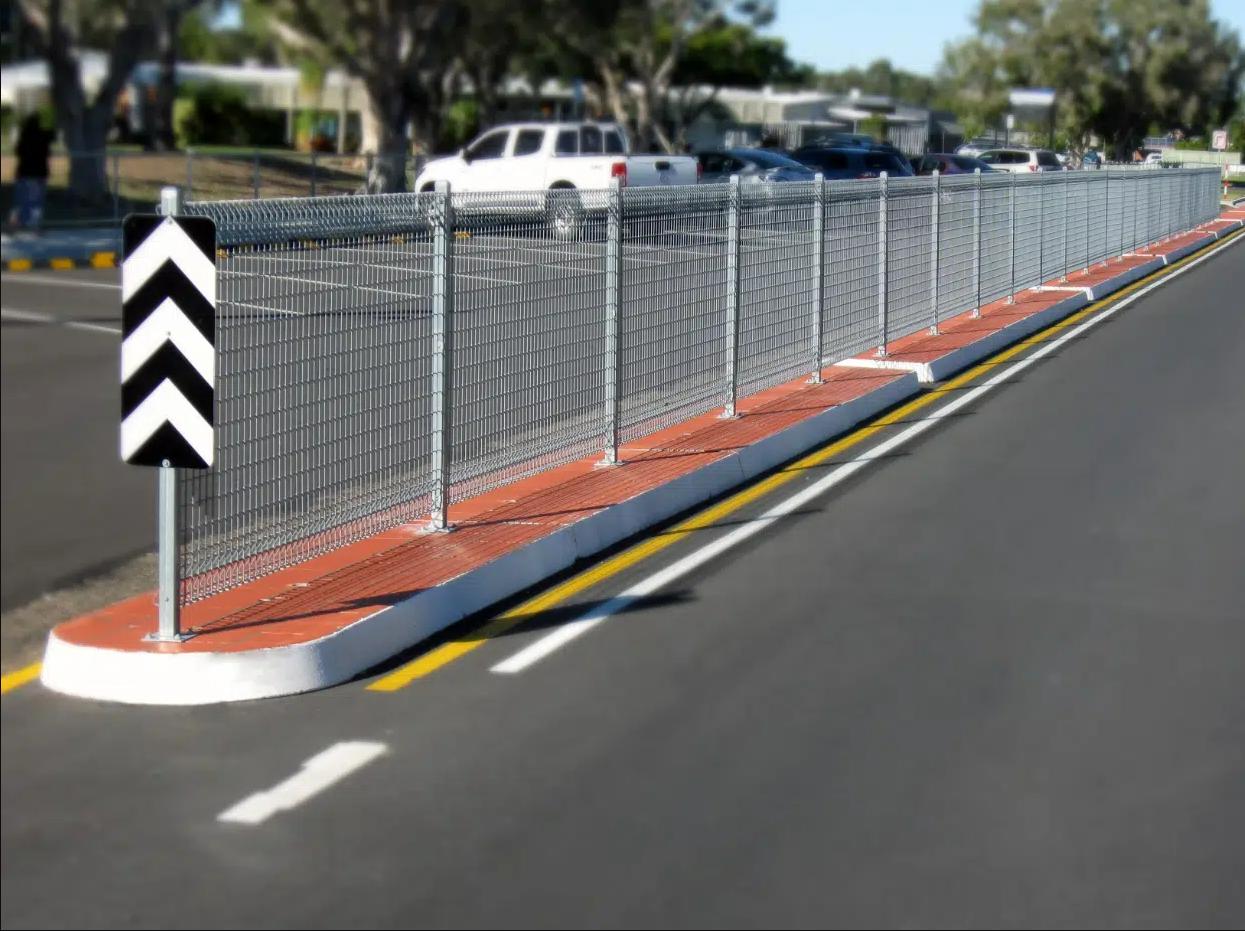When we think about car accidents most people think about an impact with another vehicle or veering off the road into a building or tree. In newer cars and trucks the driver and passengers are surrounded by a range of safety features including seatbelts, airbags and even safety sensors that slow the car down when an obstruction is detected. But pedestrians don’t have built in airbags or sensors.
Vicroads statistics show that on average 690 pedestrians were seriously injured and 47 pedestrians are killed getting hit on Victorian roads each year. In New South Wales these statistics are even higher with 1522 pedestrians seriously injured and around 50 killed each year according to Transport for New South Wales.
The automotive industry is making leaps and bounds towards smarter vehicles detecting obstructions before an accident happens, but we are years off this being perfected and even further off from this becoming affordable to everyone on our roads. So, in the meantime we need to improve our road safety through well thought out traffic management.
But how can effective traffic management decrease the chances of an accident? Decreasing speed limits in high pedestrian areas and increasing speeding fines can deter drivers from risky driving behaviours. However, concrete barriers provide a physical blockade between people and drivers.
Uses of Concrete Barriers
During any scenario involving moving vehicles the safety of people is a number one priority. In many situations there is an increased risk of out-of-control vehicles including winding roads along the coastline, or high anxiety areas such as inner city driving or fast-moving highways. These higher risk driving situations create the potential for a driver to enter pedestrian or hazardous areas. That’s where concrete safety barriers can help ensure the safety of people in the area or that you and your car don’t end up around a tree or over a cliff.
Concrete barriers are installed to mitigate the risk of vehicle misdirection or impact in the situation that a driver loses control in a high-risk area. With the intention of halting or redirecting a vehicle when impact occurs, this lowers the chance of collision with people, oncoming traffic or other hazards.
Different Uses of Concrete Barriers
Although concrete barriers are primarily designed to provide safety on our roads, there are actually a few situations that safety barriers can be utilised in; traffic management, event management, road construction safety and in a lot of cases safety barriers can be a permanent installation.
Traffic Management
There are a variety of reasons we would need to redirect traffic. Whether a road is closed for some much-needed maintenance or a special event, concrete barriers are the best option. Providing a sturdy barricade will be a strong deterrent to anyone wanting to drive into areas they are not allowed. Traffic management doesn’t only refer to vehicles either, foot traffic is still traffic. Road barriers can be used to redirect pedestrians in unsafe locations.
Event Management
Large scale events can sometimes require a road closure or have temporary concrete barriers along the street to prevent vehicle access to footpaths or crossings. Concrete safety barriers can also be installed at each intersection to prevent any vehicle traffic entering the road entirely.
This works both ways though, preventing people from entering the street during high-speed events. This safety concern has become increasingly common in events such as competitive cycling or marathons.
Roadside Construction Safety
In the instance that work is being carried out on a roadside, this is considered a workplace and in turn OHS practices need to be followed. These safety policies and procedures help to decrease chances of injury not only for staff on site, but also any pedestrians that may be in the area. Using a combination of concrete barriers and no-go zones provide workers with a safer work environment to complete crucial road maintenance.
Permanent Installation
High risk areas such as coastal roads on cliff faces or highways may opt to install permanent safety barriers or as an alternative, noisewalls can also redirect traffic. An audit conducted by Vicroads in 2019 found that highways with permanent road safety barriers installed had 46.5% less accidents resulting in fatalities or serious injury.
Different Types of Concrete Barriers
At Civilmart we produce concrete road barriers in 3 different styles; all are 805mm high and 600mm wide, however are available in 3m or 6m lengths. Our 6 metre lengths are available as either a standard length or a terminating barrier designed as an end to a row of barriers.
Each barrier includes two 5 tonne lifting points and drainage to release any rainwater than may build up in the zoned off area. We can also produce barriers without the drainage if this is what your project requires.
For an installation with 2 or more barriers joining plates will be required to lock each barrier unit together.
What is a Longitudinal Channelising Device and how is different from a safety barrier?
On the market there is a similar product that is often confused with a road safety barrier. Typically made of plastic materials longitudinal channelising devices are used to redirect foot traffic. Being used along footpaths in construction areas these devices are designed to direct pedestrians through the safest path. Although these devices are similar in design to safety barriers, they do not have the weight or engineering required to obstruct a vehicle in an accident.
Sourcing Concrete Barriers through an Equipment Hire Company
For temporary usage it may seem a bit frivolous to purchase concrete barriers. Luckily there are plenty of businesses that specialise in hiring out traffic management equipment. All across Australia you can find companies that deliver and install road safety barriers including; RSEA or Coates Hire who both have sites located all over the country!
Why choose Civilmart
The team at Civilmart are experts in our industry, not just concrete barriers, but everything precast! With team members located in Victoria, New South Wales, Queensland and South Australia we have the knowledge and expertise guide you through your next project or installation. Get in contact with your local team today!
Join the Civilmart family
Stay up to date with latest product releases, newest industry innovations and more!


